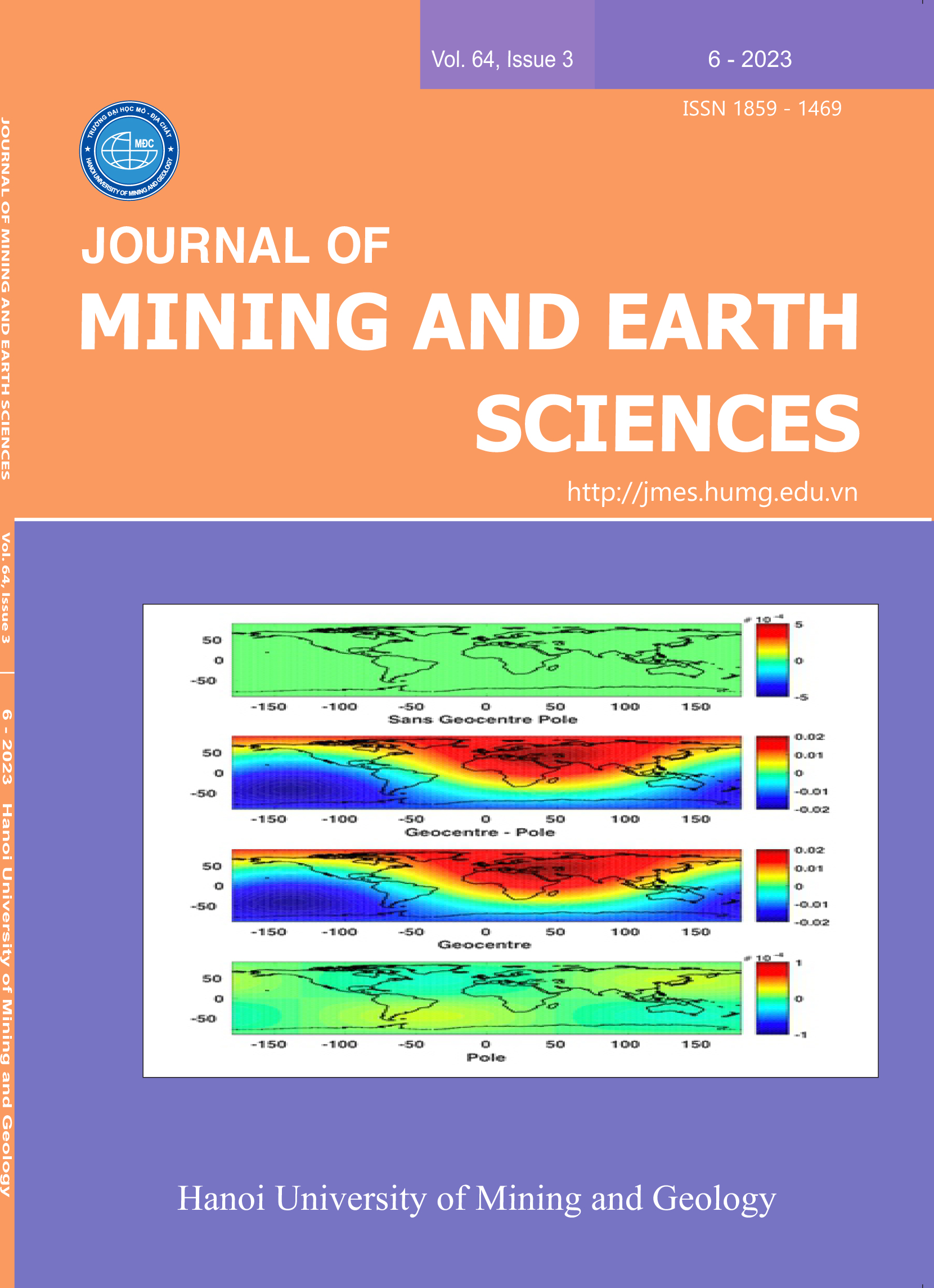Some applications of Scanning Electron Microscopy to the study of reservoir roc
Tóm tắt
Scanning electron microscopy (SEM) is a powerful tool for visualising reservoir pore and grain framework systems which (SEM) provides qualitative information about pore geometry through direct observation of a rock or a pore cast of the rock. This aids in understanding reservoir productivity capabilities. The SEM is useful for locating and identifying minerals, particularly clay minerals - an aid when designing drilling and completion programs. SEM unlike conventional light microscopy, produces images by recording various signals resulting from interactions of an electron beam with the sample as it is scanned in a raster pattern across the sample surface. Combined with a backscatter detector (BSE), energy dispersal X-ray spectroscopy (EDS), and EDS - Mapping, SEM can yield multiple types of information about geological samples at the same time, such as superficial microstructure, BSE image, component analysis, and crystal structure features. In addition, new technic of SEM like Qemscan and FIB (Focused ion beam) can automatically minerals mapping and approach to 3-D imaging. In this paper, we use granite rock from a granitic basement reservoir, Bach Ho Oilfield as examples to discuss the geological application of SEM. The most important reservoir properties of granite rock in the oilfield are porosity and fractured pores which are abundant. The fractures have various sizes from mm to micron in width. Some large cracks have 1÷3 cm in lenght and 100÷600 µm in width. The small ones have 0.001÷0.2 mm in length and 10÷100 µm in width. Some large fractures were porefilled by crystals that have blade shape.

